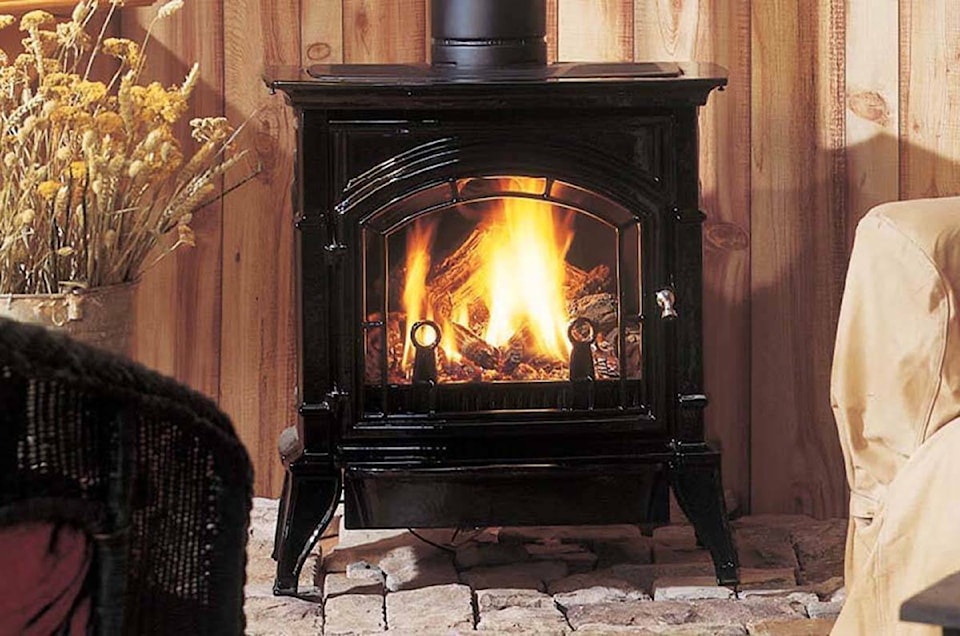Representatives from the hearth industry are disappointed with the process undertaken by members of a regional Airshed Roundtable, which explored ways to improve air quality in the Comox Valley. The process resulted in a Wood Smoke Reduction Strategy to guide local government action to reduce fine particulate matter (PM 2.5) generated through wood burning.
Tomi Wittwer, who owns Comox Fireplace & Patio, pointed to a lack of research before highly impactful actions were recommended. He also said information gathered was dated and should not have been used to inform decisions.
“Do you really believe the Comox Valley is the only place in the world that has airshed problems?” Wittwer said at the May 10 CVRD board meeting. “Other places did research and collected data, yet nowhere else have they concluded to ban wood.”
He also criticized the district for considering action based on data from one monitoring station and a study conducted in 2009.
“We don’t feel the process really got what it set out to achieve,” said Jamie Payne, owner of Norse Heating & Fireplace who is the regional representative for the Hearth, Patio and Barbecue Association of Canada. He felt opinions and evidence from himself and other members were ignored during the process. “We’re not going to back off. We are going to be part of the process…We think there’s a lot more work that can be done.”
The strategy identified six key actions to help reduce PM2.5 generated through wood burning. These include reducing emissions from appliances and fires, and transitioning from wood burning appliances.
Breathe Clean Air Comox Valley feels the action plan is vague in terms of timelines and measures of success. As a result, the group lacks confidence that meaningful action will occur. It suggests a working group develops an action plan to provide a clearer path moving forward.
“I think we missed the mark on what we set out to do,” Area C director Edwin Grieve said, noting hot spots have been identified. He feels the district needs to get tough with the perpetrators who are causing the issue, rather than handing out money to 225 people, many who live in million dollar homes. He also questions why the district doesn’t buy a purple metre to determine who is causing the problem.
“It’s a health issue, plain and simple. In New Zealand, they actually knock on the guy’s door…Quite frankly, we’re dealing with the idiot factor here,” Grieve said. “If you can’t measure it, you can’t manage it. We’re not dealing with the problem. I think we’re fooling ourselves.”
Alana Mullaly, general manager of planning and development services, said it’s widely recognized that additional data is required to understand source pollution and progress. She noted that some residents have purple air monitors.
Courtenay director Doug Hillian thinks it would be useful to hear from North Island Medical Health Officer Dr. Charmaine Enns about process and recommendations. He also feels the Health Ministry should take the lead with the air quality issue.
“There is an equity issue here,” said Courtenay director Wendy Morin, noting hot spots in homes with lower incomes where residents are not able to upgrade stoves. She has also heard compelling stories from First Nation individuals about the ceremonial use of fire. She does not agree with claims of exaggeration about health concerns.
“This is a process in which we don’t have 100 per cent control, and as a result, we need to work collaboratively with various agencies to try and get this process back on its wheels,” CAO Russell Dyson said.
The board agreed to refer the item back to staff for revisions, and to invite Enns to share her perspectives about air quality.
reporter@comoxvalleyrecord.com
Like us on Facebook and follow us on Twitter
